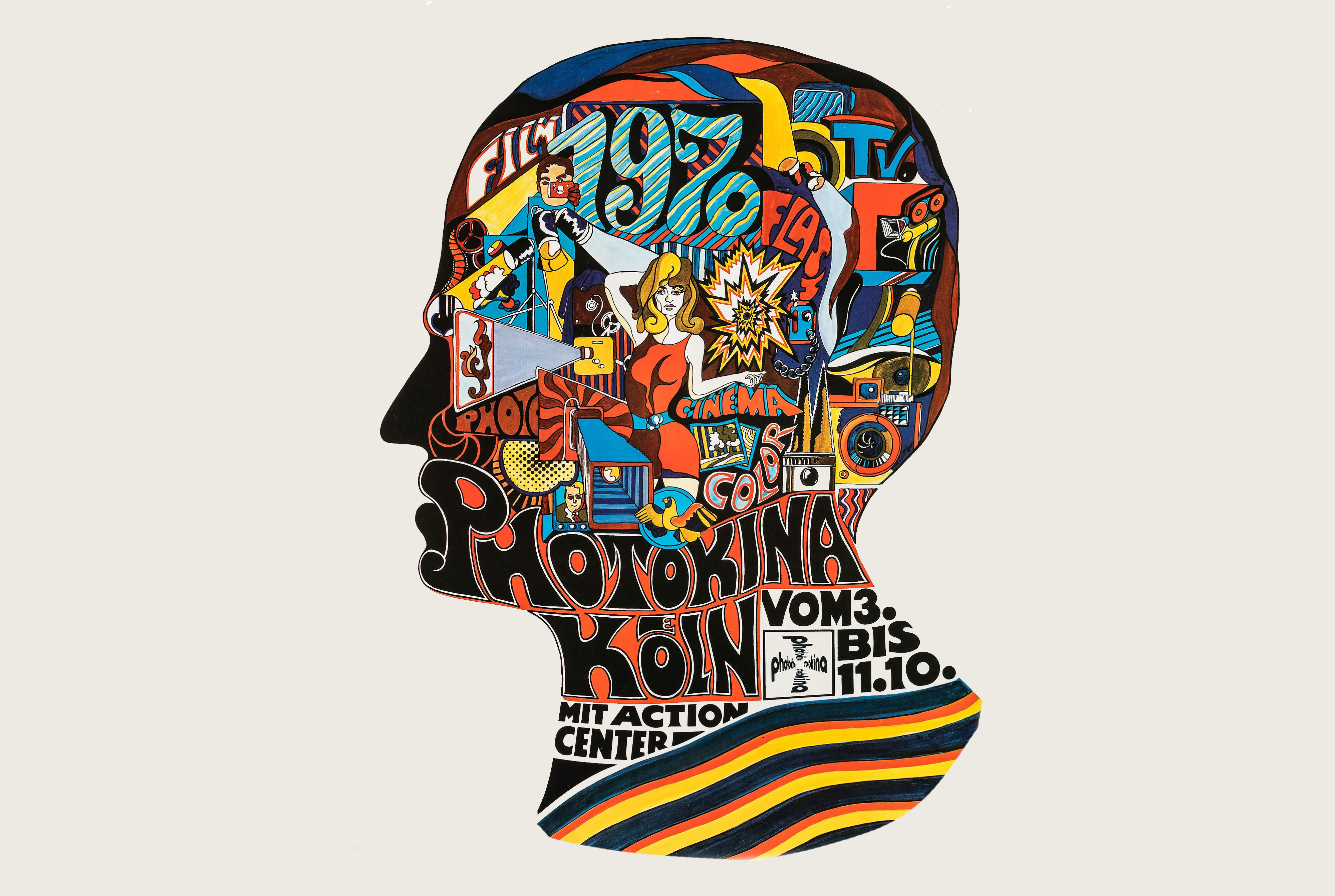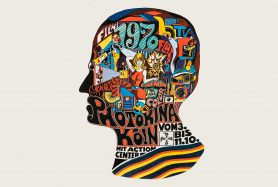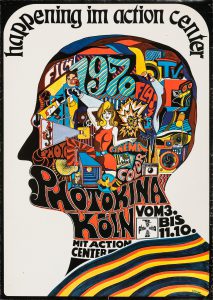Most industries have their own trade shows in which vendors show off their latest and greatest products to customers to lust over in an attempt to drum up excitement and sales. For the photography industry, Photokina was the largest such show, each year filling expo centers showing off new cameras, lenses, accessories, and other such gadgets.
Photokina was first held in Cologne, West Germany in 1950 and was held annually until 1966, at which time it went on an every two year cycle. This lasted until 2018 when the decision was made to revert back to an every year event starting in 2020, which due to the COVID-19 pandemic never happened. On November 27th, 2020, it was announced that Photokina was on hiatus until further notice.
Reflecting back on all those shows, it must have been exciting to see so many of the cameras and lenses that we lust after today, but when they were new. Without streaming TikTok or YouTube videos, no social media, and no internet to get instant access to live updates from the show, for most people unable to attend, you had to wait until your favorite magazine posted their in depth annual coverage to see what was on display.
This week’s Keppler’s Vault brings to you three such round ups all from January 1971 issues of Popular Photography, Modern Photography, and Camera 35 magazines covering the 1970 Photokina show held between October 3 and 10, 1970.
Pop Photo’s coverage by Kenneth Poli starts out with some stats, saying that this, the 11th Photokina had over 700 exhibitors and covered a total of 1,076,000 square feet of floor space. Not really having an understanding of how big nearly 1.1 million square feet is, I looked up the size of the 2020 Chicago Auto Show which is billed as the largest auto show in North America, and it was listed as “over 1 million square feet” which suggests that the two shows were about the same size. Considering cameras and photography accessories take up a lot less space than SUVs and Ford F-150s, the amount of stuff that must have been there is mind boggling.
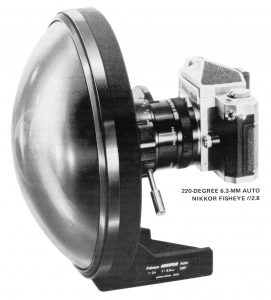
Poli goes onto to declare the 1970 show to be a “dashing and entertaining act” describing a very large multi-segmented screen at the front of the show that presented more than 3000 slides to those in attendance. Although no images of this screen were in the article, I can’t help but wonder what Poli would think of today’s massive high definition LED panels are capable of today!
The rest of the article breaks down Pop Photo’s coverage into sections, the first is about lenses which starts out with the glorious 6.3mm Nikkor-Fisheye f/2.8 lens, along with a bunch of wide angle lenses offered by other manufacturers. It is especially interesting to me that things which likely excited photographers back in 1970 still do the same today, as nearly every lens mentioned in this section including wide angles and long telephoto lenses by Nippon Kogaku, Canon, Leitz, and Minolta still fetch high dollars on the used market now 50 years later.
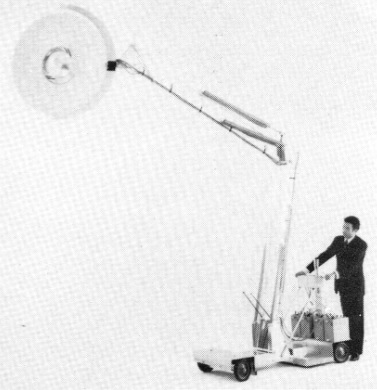
One area that seemed to have been a bit of a letdown was the release of new and exciting cameras, only the Canon F-1 and Konica Autoreflex T are mentioned as flagship models, which giving those two cameras some respect, were quite good. But with slightly less exciting models like the Fujica ST-701, Rolleiflex SL35, and AGFA Selectronic S, there was still enough to drool over.
Closing out their coverage, Simon Nathan and W. Frederic Wilson cover “everything else” from illuminated meters, data backs, a Zoomar Dental Unit, a bunch of flashes, and something called the Dinosaur, which is an absolutely massive looking cart with a huge flash on it. Featuring a 40 inch reflector and an articulating arm with an astounding 18 feet of reach, the Dinosaur is powered by four 1200 watt per second power supplies. I guess when you need to photograph the entire Grand Canyon at night, the Dinosaur is the product for you! Curious to learn more about this thing, I am not sure if it ended up being vaporware, as I could not find any information online about it’s existence.
Camera 35’s coverage of the event seems to somewhat contradict the excitement of Pop Photo’s as Hugh Birnbaum starts off by saying the show was a “largely underwhelming experience” and that it was “more remarkable for what was not shown than what did emerge.”
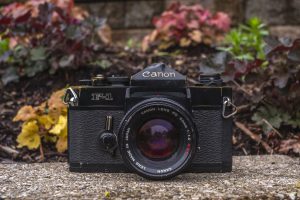
Birnbaum’s disappointment seems to have been fueled by pre-show rumors of several super SLRs which were not shown at the show. Of course, Canon’s F-1 was there, and was the first real challenger to the professional Nikon F, so I’m not really sure exactly what was he hoping he would see.
Camera 35’s coverage is broken up only into two sections, for cameras and lenses, with accessories and flashes given little mention. There’s a lot more written coverage than Pop Photo’s which had a lot more graphics, so for anyone who appreciates words over GAS inducing images, the Camera 35 article might be for you.
There’s a lot of duplicate information, covering the previously mentioned Nikkor fisheye lens, and other models by Fujica, Rolleiflex, Edixa, Olympus and others.
Finally, we have Modern Photography’s article which despite mentioning Herb Keppler’s participation, is surprisingly void of written coverage. Modern’s article works more like a “buyer’s guide” with a photo of each new product and a paragraph of information about it.

Like the other two articles, German models like the Exakta Twin TL and Praktica LLC are present, along with several Japanese cameras, but also of note is the Soviet Kiev 6C and Kiev 10 whose design and fan shaped shutter likely turned a lot of heads from those in attendance.
Whether or not Modern’s abbreviated coverage hinted at some disappointment similar to Camera 35’s at a lack of truly revolutionary designs is unclear, but looking back through the coverage today, I can’t help but be a little disappointed at a lack of any cool prototypes or proofs of concept that I like digging up in these old recaps.
Still, I find these kinds of recaps fascinating as my imagination runs wild at what it might be like to go back in time and attend something like this in person (after buying Bitcoin, of course). Whether or not Photokina will ever return today is uncertain, but with the continuing decline of new camera models and more and more people’s preference for smartphone cameras, I can’t help but predict that even if it does, future Photokinas will not be anywhere near as special as this “underwhelming” 1970 edition.
All scans used with permission by Marc Bergman, 2021.

